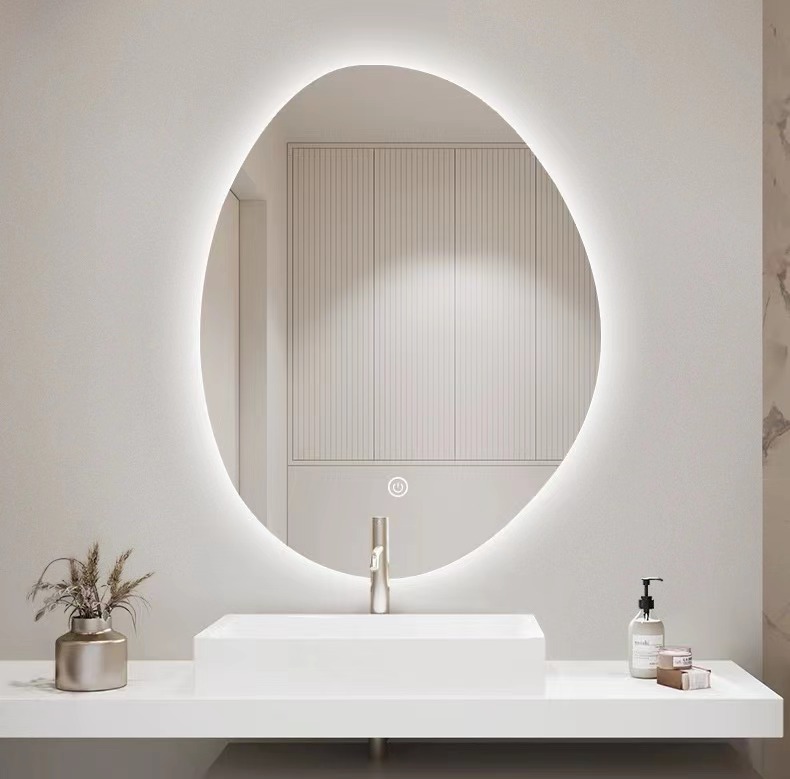

Low energy glass, often referred to as energy-efficient or thermal glass, is becoming increasingly important in today's architectural and construction industries. As the world faces growing environmental challenges, the demand for sustainable building materials has surged, and low energy glass stands out as a crucial innovation in this realm.
Low energy glass is designed to minimize the transfer of heat between the inside and outside of a building. This feature is primarily achieved through advanced manufacturing techniques and special coatings that reflect infrared radiation while allowing natural light to pass through. As a result, buildings fitted with low energy glass can maintain comfortable indoor temperatures more easily, reducing the need for excessive heating and cooling systems. This not only leads to lower energy costs for homeowners and businesses but also contributes to a reduction in carbon emissions, making it an eco-friendly choice.
The benefits of low energy glass extend beyond energy efficiency
. It also enhances the overall aesthetic of buildings. The clarity and translucence of this type of glass allow for ample natural light to illuminate interiors, creating bright and welcoming environments. Moreover, its versatility means it can be used in a variety of applications, from residential windows to commercial facades and even skylights.
Furthermore, low energy glass can improve the occupant's comfort levels by reducing glare and controlling solar heat gains, making spaces more pleasant regardless of external weather conditions. This aspect is particularly important in urban areas where buildings can create localized heat islands. By utilizing low energy glass, architects and builders can significantly contribute to more sustainable city planning.
Another crucial consideration is the long-term durability of low energy glass. High-performance coatings are designed to withstand environmental strains, ensuring longevity and reducing the need for frequent replacements. This makes it a cost-effective solution in the long run, despite potentially higher initial costs compared to standard glass.
In conclusion, low energy glass embodies a significant advancement in building technology. By integrating energy efficiency with aesthetic appeal, it not only enhances the functionality of buildings but also supports global sustainability efforts. As more architects and builders recognize the importance of incorporating such materials, low energy glass is likely to become a standard in modern construction, paving the way for greener, more efficient buildings.